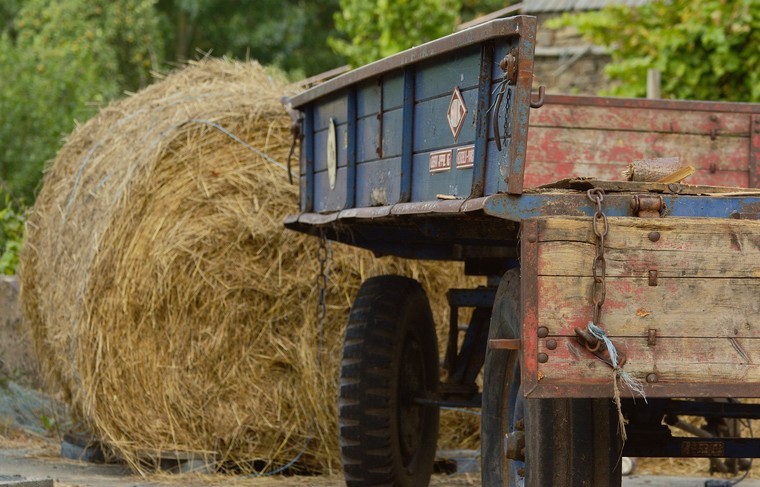Recognised as a period of heightened risk, harvest involves long working hours and greater use of casual labour, as well as the operation of machinery and trailers often only used at this time of year, says Rob Gazely of Ceres Rural.
It also increases exposure to noise, vibration and dust, which can contribute to fatigue and feeling unwell, he adds.
“Given that harvest is just around the corner, now is a good time to review farm health and safety practices, check that staff are correctly trained and ensure that machinery has been maintained.”
Every farm business should be aiming to send employees home safely at the end of each working day, he stresses.
For harvest 2021, there also remains an underlying risk of farms and estates being impacted by Coronavirus, which has the potential to bring businesses to a halt at a critical time if staff are made to isolate.
“Lockdown has eased and restrictions are lifting but there is still a risk in the background, so make sure that your staff are aware of necessary procedures.”
Trailers pose a significant risk to the operator and other road users at harvest and Mr Gazely reminds farmers that the maximum combination weight of a tractor and loaded trailer is 31 tonnes, while the maximum laden trailer weight is 18.29 tonnes.
“It is a good practice to carry out a daily visual check of trailers and record your findings – just as drivers of commercial vehicles are legally obliged to do.
“In addition, trailers should only be operated by trained and authorised personnel. On the road, they must be correctly hitched to the towing vehicle with lights connected and hydraulic or pneumatic brakes in working order.”
Daily and weekly safety checklists and service schedules are provided by some trailer manufacturers, while the Tilly Organisation unites with these and others in recommending an annual trailer inspection by an authorised mechanic.
“Trailers that have been through the 18-point check have a certificate displayed on the tailgate which demonstrates that it has been kept in efficient working order.”
His final reminder is to farm employees and self-employed contractors. “Look after yourself. Take ample water and food, plus any medication that you may need and do not be afraid to call for support.
“People are the most fundamental asset to any farm or estate, so stay safe this harvest.”
HSE 2020-21 Fatality Figures
The HSE figures reveal that there were 34 fatalities on farms in 2020-21, some 13 more than the 21 recorded in the previous year, showing that farming is responsible for almost one quarter of the deaths recorded by all workplaces, notes Mr Gazely.
“Considering that farming only accounts for 1.2% of the UK workforce, those figures make for grim reading.
“Farming’s fatal injury rate is 26 times higher than the all-industry rate. My concern as we approach a busy time of year is that in the last twelve months the figures have been going the wrong way.”




